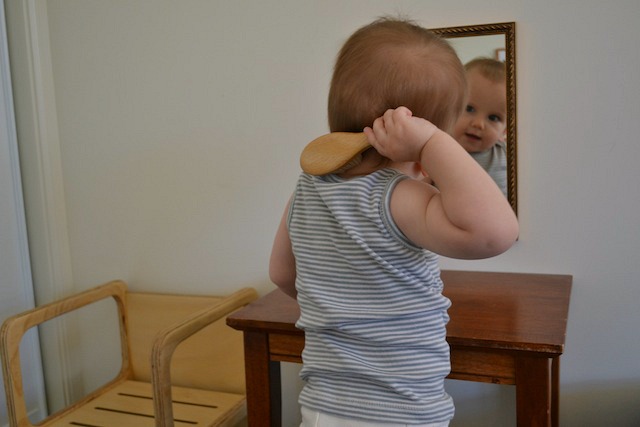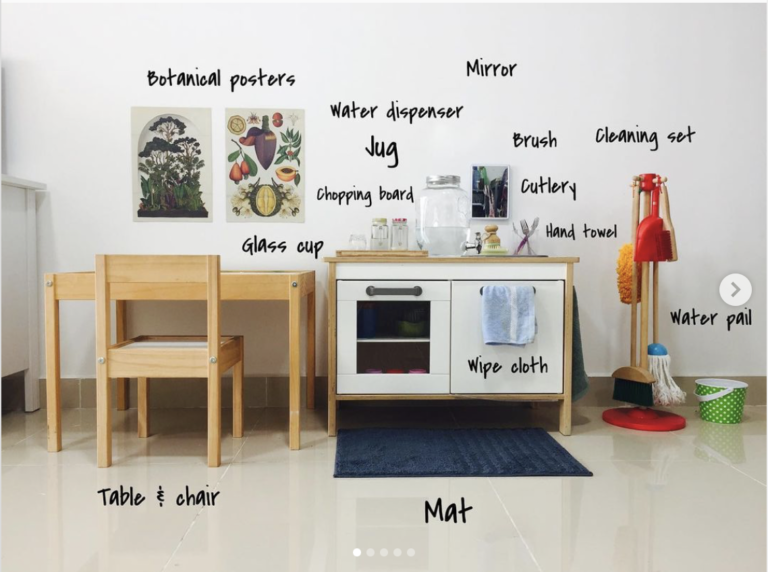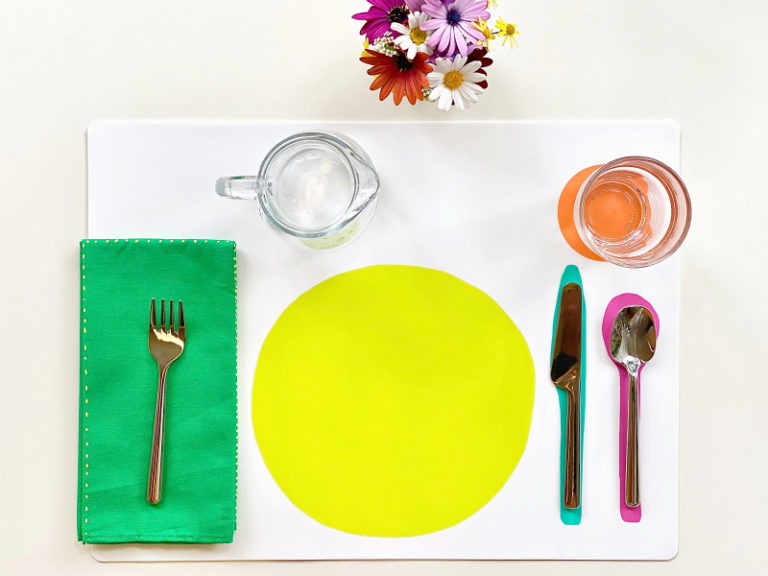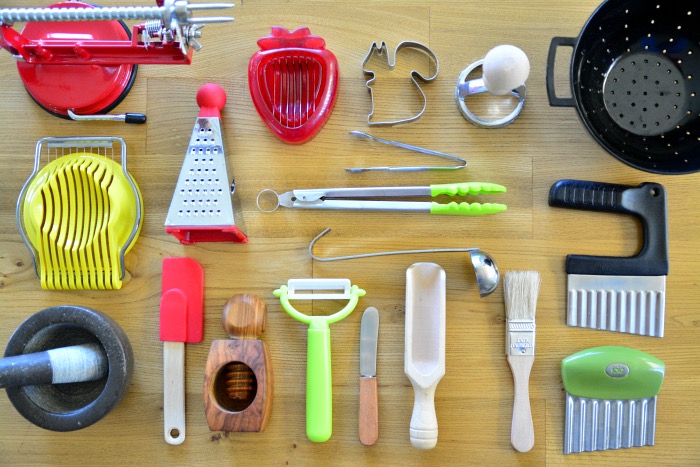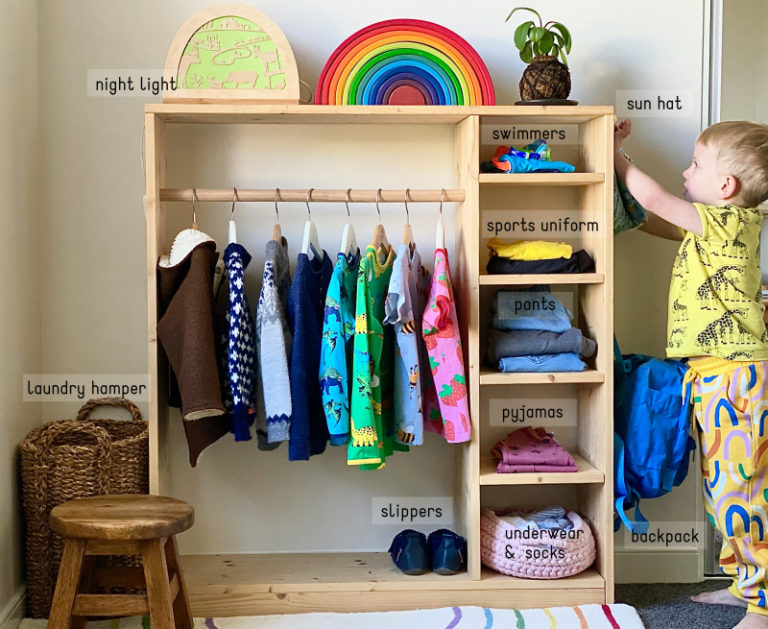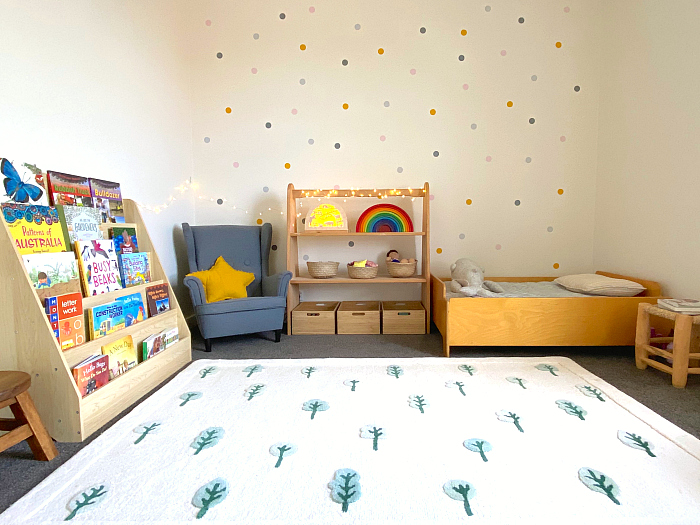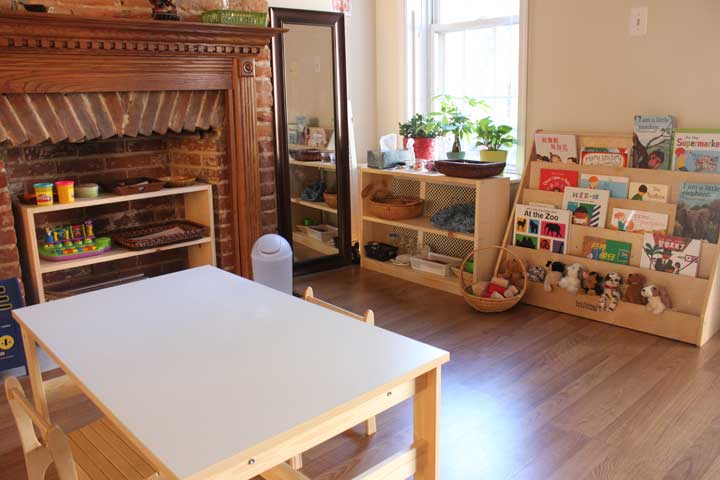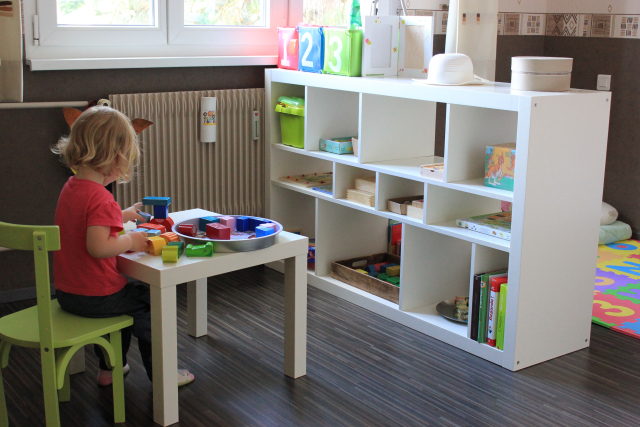In this article, I elaborate on how to create a home environment that supports your child’s learning development and aligns with the school. The intention is not to replicate the classroom, but to create a home environment that supports your child’s learning to be consistent with what he/she learns at school.
There are a few concepts that need to be kept in mind when setting up the environment.
1. Montessori is all about THE PROCESS. In the Montessori method, the most important part of learning is the PROCESS of learning (the journey) not the end result. The process where we can see the mind, the hands, the body, and the whole being of the child consumed by curiosity and motivation to find out the end result or to solve the problem.
2. As Dr. Maria Montessori said, “Every unnecessary help is an obstacle to the child’s development.” Don’t worry if the end result is not perfect or right because this is part of the learning process. The unperfected end result creates curiosity and motivation for the child to repeat the lesson until he/she masters it. Don’t be too early to offer help to solve the problem for your child, instead ask questions to raise his or her curiosity with a little hint. This instills a sense of exploration, curiosity, discovery, perseverance, ownership, responsibility, and independence in your child.
3. Simplicity and order are key. To support exploration, the display should be interesting and inviting to stimulate the child’s curiosity. The items should be limited in quantity, but rich in quality, and arranged in order from the simple one to the most advanced one, from left to right and top to bottom. Items can be rotated with more challenging lessons so boredom doesn’t happen. Observations are the key to understanding where your child is.
Practical Life
Practical life is an area of Montessori classroom activities that can also be done at home. Practical life activities teach children how to take care of the space around them including themselves. They give children the opportunity to fulfill their inner, independent urge to “help me to do it myself!” Practical life activities develop your child’s fine and gross motor development, movement coordination, planning (order and sequence), problem-solving/executive functioning skills, self-discipline etc.
Kitchen Area Idea
To support your child’s independence, a small table with a water dispenser or a pitcher and a glass with a complete set of placemat, napkin, utensil, and plate. A placemat is an important part of a dining setup where your child can learn a grace of courtesy (part of Montessori lesson).
You can also include a potted plant with a small watering can and add a dustpan and hang it on the side of the table together with a broom and a mop for cleaning.
Include a small table for your child to sit to do his activity. You don’t need a big space for this area.
Bedroom Area Idea
Set up the bedroom with a lower wardrobe, laundry hamper, stool, and grooming corner next to it. Again, the idea is to create a safe space that supports independent learning.
In the other corner is the bed with lower shelf books corner with a small reading couch and limited stuffed toys on the shelf.
Working Room Area Idea
The key is to keep it simple, uncluttered, and limited in quantity. The materials on the shelf are arranged from simple to advanced and color-coded by area.
An example is a language shelf with materials that are in blue, a math shelf with materials in red, a sensorial shelf with materials in green.
